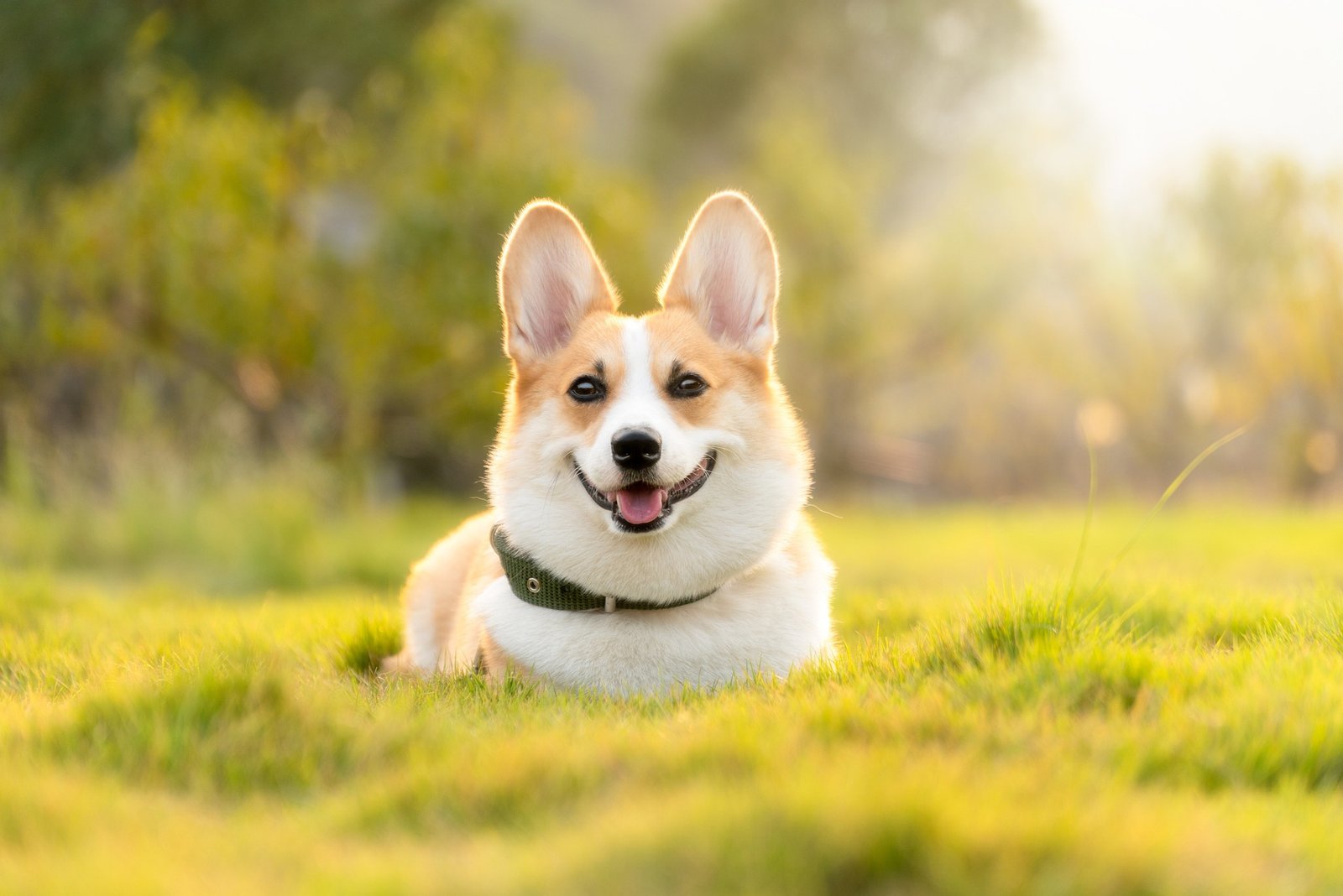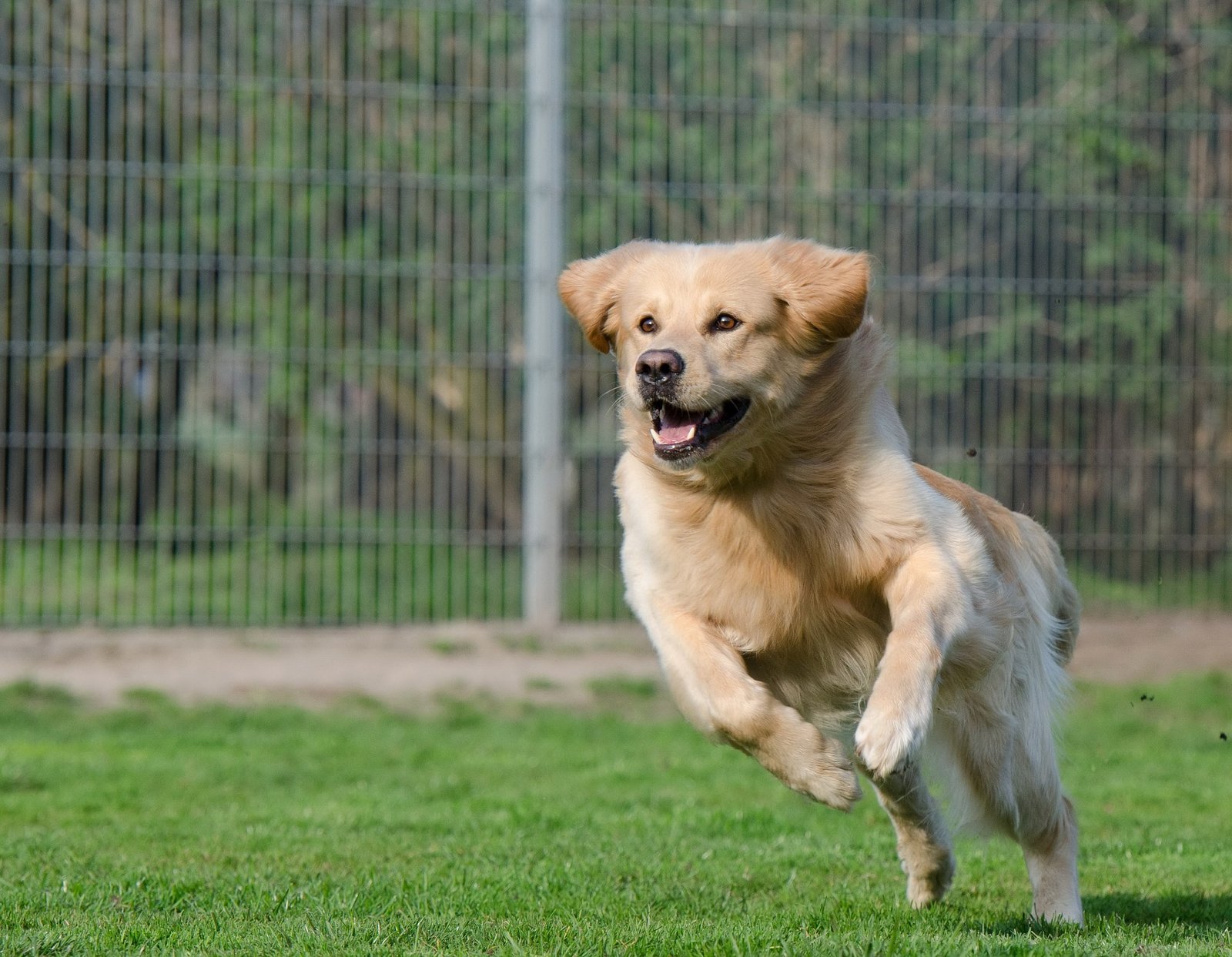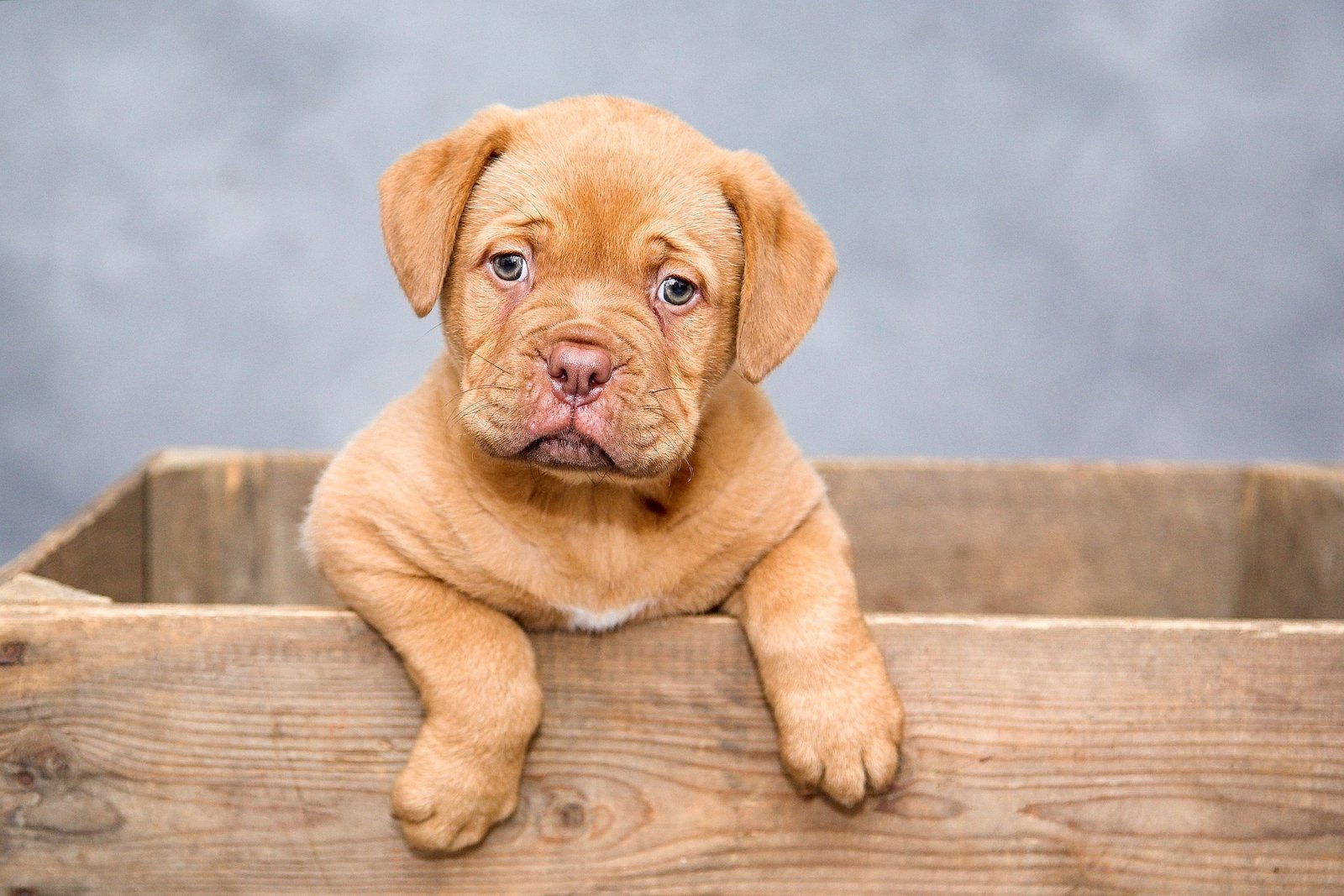
Dog Shedding in Winter: 5 Top Reasons
Winter is often associated with cozy evenings, hot chocolate, and, for many pet owners, the challenge of dog shedding. While some breeds shed year-round, many dogs experience a change in their shedding patterns during the colder months. Understanding why your dog sheds during winter can help you manage it more effectively and keep your home fur-free. Let’s explore the top five reasons for winter shedding in dogs, and we’ll also touch on some breeds that don’t shed much at all.
1. Seasonal Coat Changes
Dogs have an incredible ability to adapt their coats to seasonal changes. Many breeds have a double coat, consisting of a dense undercoat that provides insulation and a coarser outer coat that protects against the elements. As winter approaches, these dogs often grow a thicker undercoat to keep warm in colder temperatures. As spring approaches, they will shed this undercoat to transition back to a lighter coat that’s more suitable for warmer weather. This natural shedding process can lead to an influx of loose fur, especially in breeds like Huskies, Golden Retrievers, and German Shepherds. Understanding this seasonal cycle can help you prepare for the extra fur and develop a grooming routine to manage it.
2. Indoor Heating and Dry Air
As temperatures drop outside, many pet owners rely on indoor heating to keep their homes cozy. However, heating systems can significantly reduce humidity levels, creating dry air that can irritate your dog’s skin. This dryness can lead to flaky skin, itching, and increased shedding. Dogs with sensitive skin or pre-existing conditions may be particularly affected. Regular grooming not only helps remove dead fur and skin cells but also stimulates the production of natural oils that keep their coat healthy. Additionally, investing in a humidifier can add moisture to the air, making your home more comfortable for both you and your pet. This simple step can alleviate dry skin and reduce shedding significantly.
3. Stress and Anxiety
Winter can bring changes to your dog’s routine that might increase stress and anxiety levels. Factors such as shorter daylight hours, less outdoor activity, and sudden weather changes can all contribute to a feeling of unease. If your dog is feeling anxious—perhaps due to loud winter storms or changes in their environment—they may shed more as a result. Stress-related shedding can manifest as increased fur loss or even changes in your dog’s behavior, like excessive scratching or restlessness. To help alleviate stress, try to maintain a consistent routine with regular exercise, playtime, and positive reinforcement. Engaging in calming activities, such as puzzle toys or interactive games, can also help keep their mind occupied and reduce anxiety.
4. Diet and Nutrition
A balanced diet plays a crucial role in your dog’s coat health, particularly during the winter months. If their diet lacks essential nutrients, it could lead to poor coat condition and excessive shedding. Key nutrients for coat health include Omega-3 and Omega-6 fatty acids, which help maintain skin moisture and reduce inflammation. If you notice your dog shedding more than usual, it might be time to reevaluate their food. High-quality dog foods with a good balance of vitamins, minerals, and healthy fats can make a significant difference. Consulting your veterinarian for recommendations on high-quality dog food or supplements can help you ensure your dog is getting the nutrients they need to support a healthy coat, even in the colder months.
5. Health Issues
Sometimes, increased shedding can be a sign of underlying health issues. Conditions such as allergies, hormonal imbalances, or skin infections can lead to excessive fur loss, especially during the winter when skin can become more sensitive. Allergies, whether environmental or food-related, can cause inflammation and irritation that results in increased shedding. If you notice a sudden increase in shedding accompanied by other symptoms, such as itching, redness, bald patches, or changes in behavior, it’s essential to consult your veterinarian. They can provide a thorough examination and determine if any treatment is necessary, ensuring that your dog stays healthy and happy throughout the winter months.
Breeds That Don’t Shed
For those looking to minimize shedding in their homes, several dog breeds are known for their low-shedding coats. These breeds often have hair instead of fur, which reduces the amount of dander and shedding. Here are a few popular breeds that don’t shed much:
Poodle: Available in standard, miniature, and toy sizes, Poodles have a curly coat that traps hair and dander, preventing it from spreading around the house. Their hypoallergenic qualities make them a favorite among allergy sufferers.
Bichon Frise: Known for their playful personality and fluffy white coat, Bichon Frises shed minimally and require regular grooming to keep their coat in top shape. Their cheerful disposition makes them wonderful companions for families.
Maltese: With their long, silky hair, Maltese dogs are low-shedding and make excellent companions for those with allergies. They are affectionate and thrive on human interaction, making them great lap dogs.
Shih Tzu: This breed has a luxurious coat that doesn’t shed much, making them a favorite among dog lovers who prefer a cleaner home. Shih Tzus are friendly, outgoing, and love being part of family activities.
Yorkshire Terrier: Yorkies have a fine, straight coat that resembles human hair, resulting in very little shedding. Their small size and spirited personality make them excellent companions for city dwellers.
Conclusion
Understanding the reasons behind your dog’s winter shedding can help you manage it effectively and keep your home comfortable. While shedding is a natural process, taking steps like regular grooming, ensuring proper nutrition, and providing a stress-free environment can minimize the impact. If you’re looking for a pet with less shedding, consider one of the low-shedding breeds mentioned above. No matter the breed, the love and companionship of a dog are worth every bit of fur that may come your way! By staying informed and proactive, you can enjoy the winter season with your furry friend while keeping shedding in check.




Post Comment